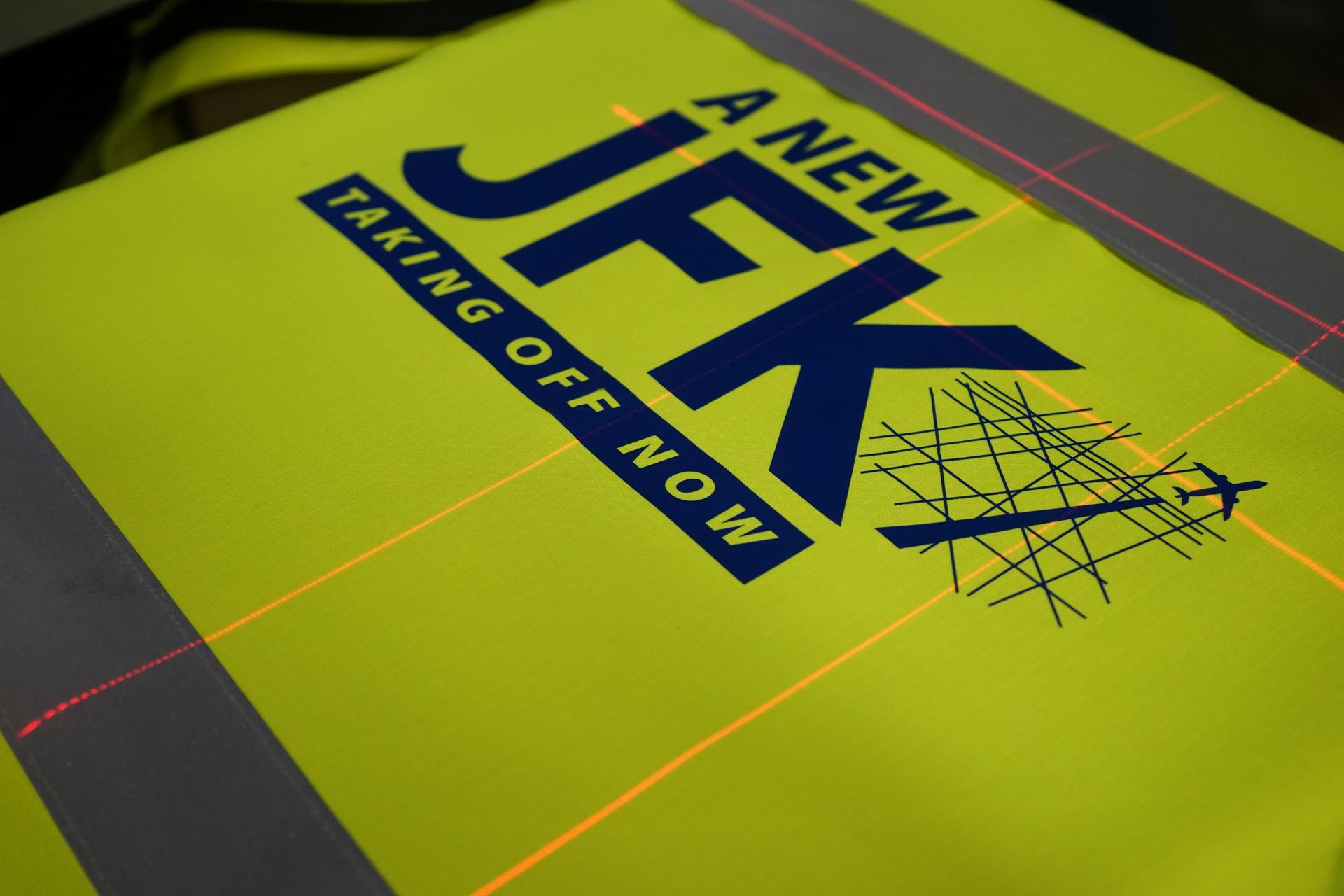How to Heat Press Heat Transfers
Creating custom apparel has never been easier with the advent of Direct to Film (DTF) transfers and heat press technology. Whether you're starting a small t-shirt business or simply crafting personalized gifts, mastering the art of heat pressing is essential. This guide will walk you through the process, highlighting the importance of cold peel/hot peel, pressure and time, and the correct heat press settings to ensure your designs look professional and last long.
Understanding Heat Press Settings
Before diving into the process, it's important to understand your heat press machine. The settings for temperature, pressure, and time are crucial factors that affect the quality of your film transfer. DTF heat press machines typically come with a manual that suggests the optimal settings for different types of transfers. Make sure to familiarize yourself with these recommendations, as they will serve as a baseline for your heat pressing endeavors.
Temperature
Temperature control is pivotal in heat pressing. If the heat is too low, the transfer may not adhere properly; too high, and you risk burning the transfer or the fabric. The ideal temperature often ranges between 320°F to 350°F, depending on the material of the transfer and the fabric.
Pressure
Applying the right amount of pressure ensures that the transfer sticks evenly to the fabric. Most heat press machines have an adjustable pressure knob. For DTF transfers, medium to firm pressure is generally recommended.
Time
The duration of heat application is the final piece of the puzzle. Typically, a time frame of 10 to 30 seconds is sufficient, but this varies with the type of transfer and the material being pressed.
The Heat Press Process

To begin, you will need your heat press machine, a DTF transfer, and the garment or item you wish to print on. Preheat your heat press to the recommended settings.
Placement and Pressing
Place your garment on the heat press and position the DTF transfer where you want the design to appear. Lock down the heat press and start the timer. Once the time elapses, lift the press according to the peel type.
Cold Peel vs Hot Peel
Choosing between cold peel and hot peel is dependent on the transfer's specific instructions.
Cold Peel
For cold peel transfers, you'll need to wait for the transfer to cool down completely after pressing. This allows the adhesive to set and ensures that the design will stick when you gently peel off the backing.
Hot Peel
Conversely, hot peel transfers require you to remove the backing immediately after pressing, while the transfer is still warm. This method is typically quicker but requires a steady hand to avoid distorting the design.
Aftercare and Tips
After pressing, it's important to follow aftercare instructions to maintain the quality of the print. Wait at least 24 hours before washing the garment, and when you do wash it, turn it inside out and use a gentle cycle.
Remember, practice makes perfect. Don't be discouraged if your first few attempts aren't flawless. Adjust the pressure and time as needed, and always gently peel to avoid damaging the transfer or the fabric.
Conclusion
Heat pressing DTF transfers is an art that combines creativity with precision. By adjusting heat press settings, understanding peeling process, and following aftercare, you can make high-quality custom apparel quickly. Whether for business or pleasure, the satisfaction of peeling back to reveal a perfectly pressed design is unmatched. Happy pressing!
Mastering DTF Transfers: How to Heat Press